In diesem Artikel, we will explore the factors to consider when selecting Wilflex white ink, understand the different types available, factors to consider, delve into special effects and additives, and provide troubleshooting advice.
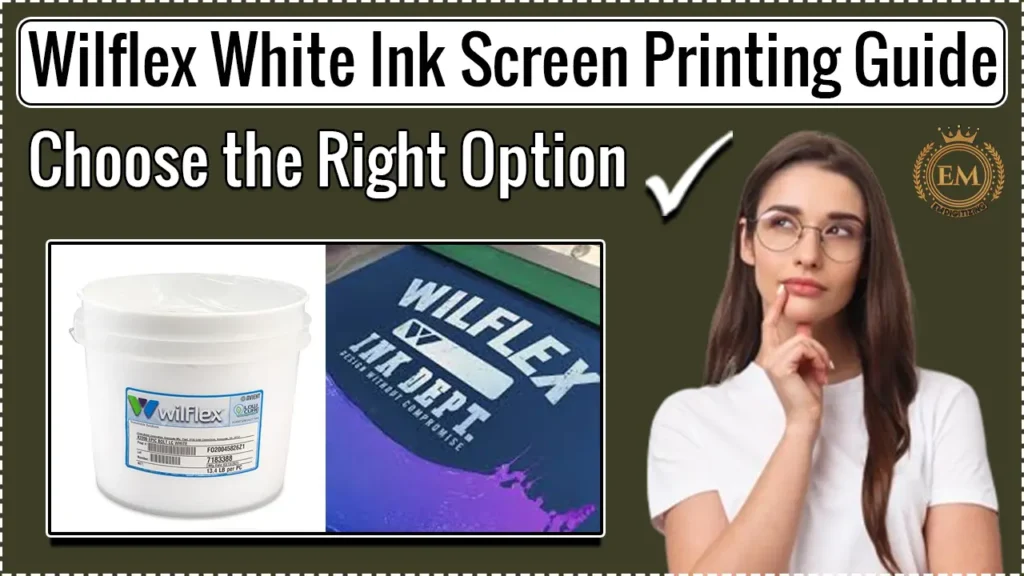
Siebdruck is a versatile and popular method for creating vibrant, durable designs on various materials. When it comes to printing white ink, selecting the right product is crucial for achieving the desired results.
Leitfaden für den Siebdruck mit weißer Tinte von Wilflex: Wählen Sie die richtige Option
Types of Wilflex White Inks:
There are different types of Wilflex inks available in white so discuss them one by one:
1. Plastisol-Based Inks:
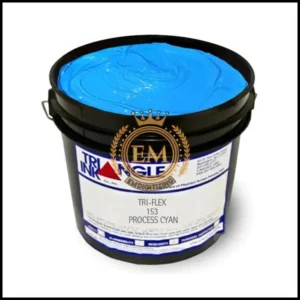
Plastisol-based Wilflex inks are renowned for their ease of use and durability. Ideal for high-volume production, they offer excellent coverage and are known for their rich, opaque output. Their thicker consistency is perfect for prints that need to stand out.
2. Water-Based Inks:
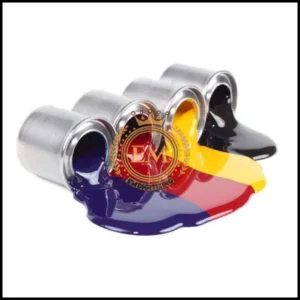
Wilflex’s water-based inks offer a softer hand feel and are more environmentally friendly. These inks are absorbed more into the fabric, ensuring a print that is more integrated with the garment. They are particularly suited for lightweight fabrics.
3. Specialty White Inks:
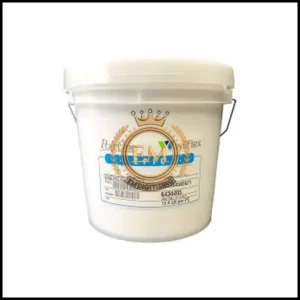
Wilflex also provides specialty white inks for unique applications, such as high-stretch fabrics, or for creating specific effects like glow-in-the-dark prints. These specialized inks allow printers to push the boundaries of conventional screen printing.
Factors to Consider When Selecting Wilflex White Ink
Let’s have a look at the things that you’ve to consider when selecting white inks:
Opacity and Brightness:
The opacity of the ink is crucial for clear and vivid prints. White inks from Wilflex are designed to maximize brightness, ensuring a pure, stark white appearance on various fabrics.
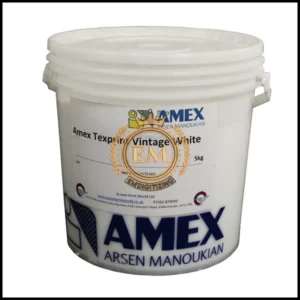
Plastisol inks generally offer better opacity compared to water-based inks, making them ideal for printing on dark fabrics where high coverage is required. Solvent-based inks can also provide excellent opacity on non-porous surfaces.
Stoffkompatibilität:
Different inks react differently on various fabrics. Selecting an ink that aligns with the fabric’;s properties is essential for optimal results. Wilflex offers specific formulations for different fabric types, from cotton to synthetics.
Curing and Drying Properties:
Proper curing is vital for the longevity and durability of the print. Each Wilflex ink has specific curing requirements, und following these guidelines is crucial to prevent issues like cracking or color fading.
Printing Technique:
The printing technique you choose also plays a role in selecting the ideal white ink. Water-based inks are suitable for manual printing methods, while plastisol inks work well with both manual and automatic presses.
Solvent-based inks are commonly used for industrial applications and require specialized equipment.
Desired Finish and Effects:
Consider the desired finish and effects you want to achieve with your prints. Water-based inks offer a softer and more natural look, while plastisol inks provide a glossy and vibrant finish. Solvent-based inks are known for their durability and resistance to fading.
Selecting the Right Wilflex White Ink for Different Fabric Types:
What types of ink you can use for fabric, let’s discuss them:
Cotton and Blends:
Cotton and cotton blends are the most common fabrics in screen printing. Selecting an ink that penetrates well into these fibers ensures a long-lasting print.
Synthetic Fabrics:
Synthetic materials require inks that can adhere well to their surfaces. Wilflex inks designed for synthetics often have different curing times and temperatures to accommodate the unique properties of these fabrics.
Dark vs Light Fabrics:
Printing on dark fabrics typically requires a white under base for Farbgenauigkeit. The choice of white ink for this purpose is critical to ensure that the top colors remain vibrant and true to tone.
Application Techniques for Wilflex White Inks:
When using Wilflex inks you need to follow some techniques:
Screen Mesh Selection:
The choice of screen mesh significantly impacts the final print quality. A finer mesh is typically used for detailed designs, while a coarser mesh is better for bolder, less intricate prints.
Squeegee Techniques:
The squeegee’;s angle, Druck, and speed play a vital role in ink application. Mastering these techniques is key to achieving even and consistent prints.
Layering and Flash Curing:
Layering different inks and using flash-curing techniques can create dynamic and textured effects. Understanding how different inks interact is crucial for successful layering.
Exploring Special Effects and Additives in Wilflex White Inks:
You can add different effects in screen printing with their inks such as:
Metallic and Shimmer Effects:
Who says your prints have to be ordinary?
With Wilflex white inks, you can add a touch of magic to your designs with metallic and shimmer effects. Whether you’;re going for a futuristic look or want to make your prints shine like a disco ball, these special effects will elevate your creations to a whole new level.
Glow-in-the-Dark and Fluorescent Effects:
Want to make your prints light up the night?
White inks from Wilflex offer glow-in-the-dark and fluorescent effects that will make your designs pop, even in the darkest of rooms. Whether it’;s for a spooky Halloween design or a neon-themed event, these additives will ensure your prints steal the show.
Additives for Enhanced Stretchability or Softness:
Comfort is key, especially when it comes to clothing. That’;s why white inks from Wilflex offer additives that enhance the stretchability and softness of your prints.
Whether you’;re printing on performance wear or just want a cozy feel, these additives will ensure your prints not only look great but also feel amazing on the skin.
Troubleshooting Common Issues with Wilflex White Inks:
Siebdruck, like life, is not always smooth sailing.
Aber keine Angst!
Because we have some handy troubleshooting tips to save the day. From ink drying too quickly to uneven prints, we’;ve got you covered with practical solutions to common challenges.
So, don’;t let a bump in the road ruin your printing adventures!
Ink Thickness and Coverage Problems:
Opaque prints are the goal, but sometimes achieving that solid coverage can feel like a game of hide and seek. If your prints are lacking opacity, try adjusting your ink’;s viscosity and increasing the number of layers.
You can also experiment with different mesh counts and screen tension to find the perfect combination for flawless coverage.
Curing and Washability Issues:
Improper curing can affect the washability of the print. Ensuring that the ink is cured at the right temperature and duration is crucial for maintaining print quality.
Color Accuracy and Bleed:

Wilflex also provides specialty white inks for unique applications, such as high-stretch fabrics, or for creating specific effects like glow-in-the-dark prints. These specialized inks allow printers to push the boundaries of conventional screen printing.
Endgültiges Urteil:
Selecting the best Wilflex white ink for your screen printing work is very important for getting good, lasting results. Think about the kind of fabric you’;wieder verwenden, its color and the effect you want to achieve when you choose your ink.
Use the tips we’;ve shared and solve any problems that come up. With the right white ink and some smart strategies, you’;ll be printing like an expert very soon!
Häufig gestellte Fragen:
Wilflex white ink is essential for screen printing due to its high opacity and quality, ensuring clear and vibrant prints on various fabrics.
The shelf life of Wilflex ink is around one year, and it’;s best stored in a cool, dry environment, shielded from direct sunlight and extreme temperatures.
It is formulated with environmental safety in mind, but proper disposal and adherence to safety protocols are necessary for eco-friendly usage.
To ensure Wilflex white ink cures properly, follow specific time and temperature settings, typically using specialized equipment like a heat press or conveyor dryer.










